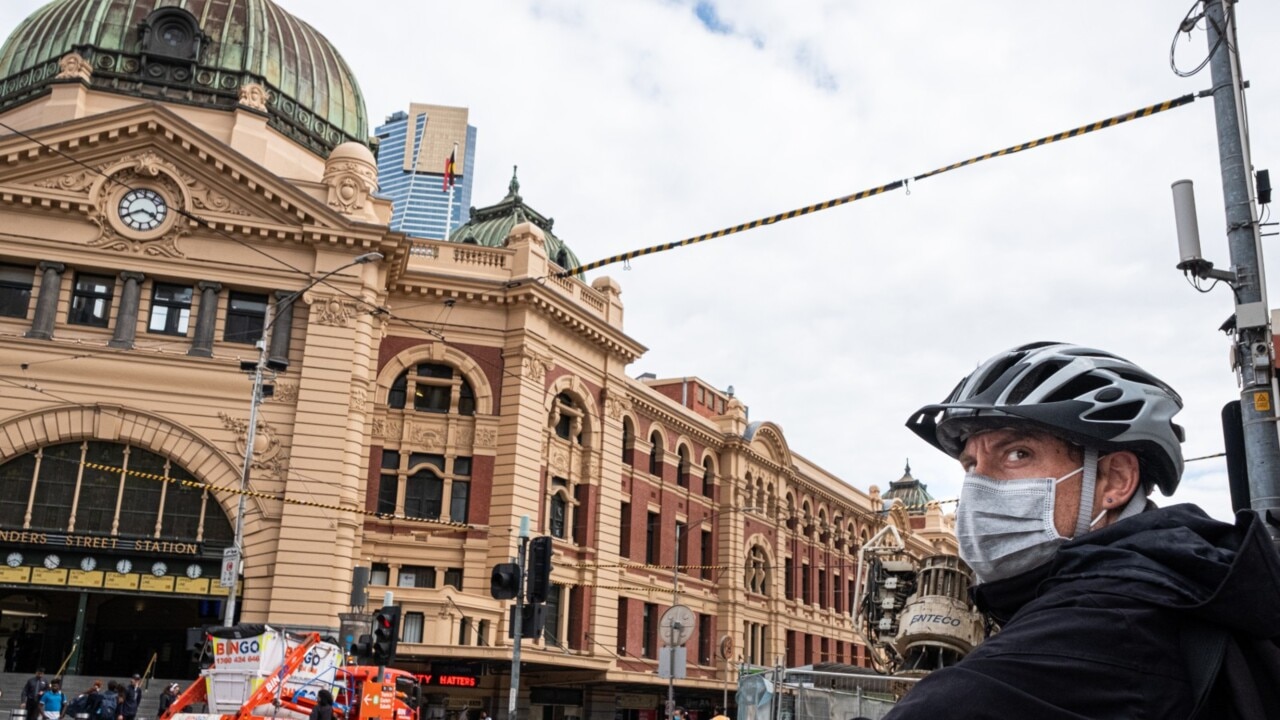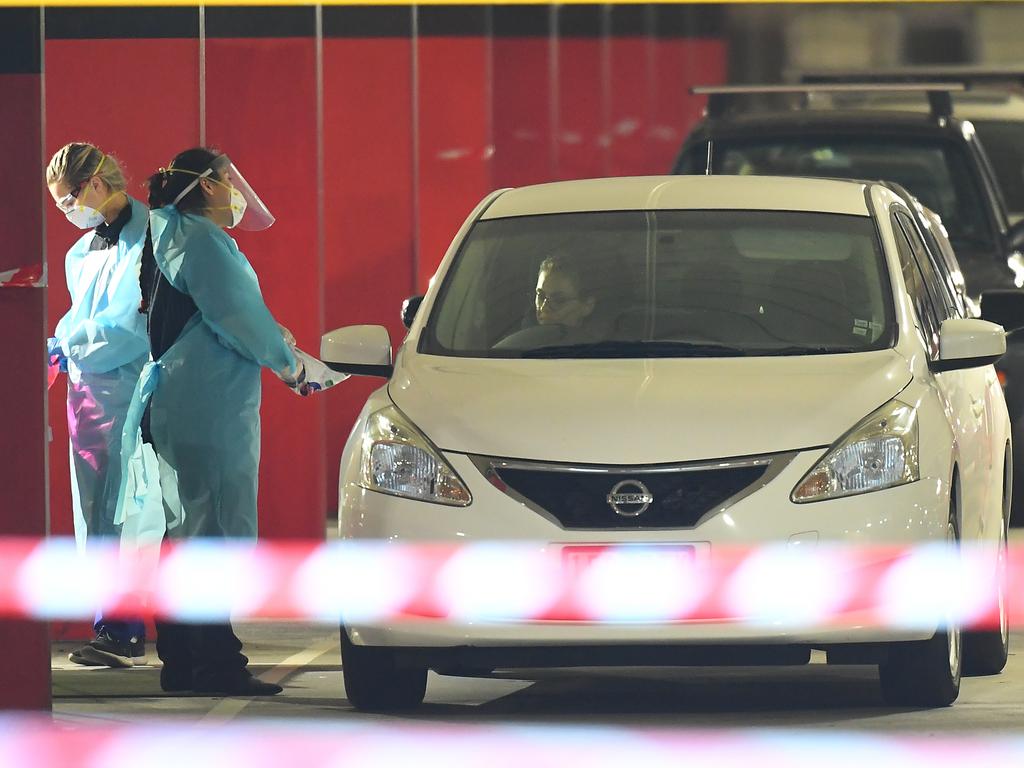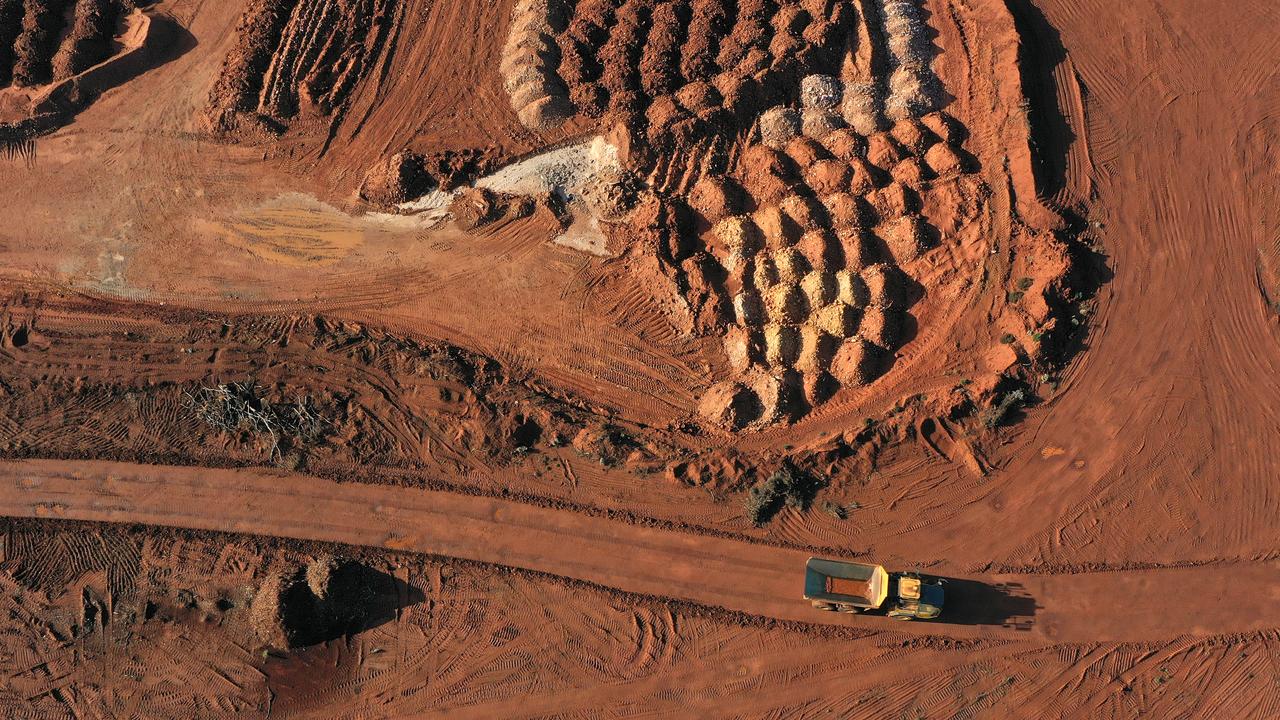Coronavirus Melbourne spike: Why Victoria has failed to tame COVID unlike other states

That is Victoria’s fate at present, and the reason it has been forced into localised lockdowns as it attempts to control the spread of the coronavirus.

More than a million Victorians are forced to endure additional restrictions, slowing the speed at which Premier Daniel Andrews can move through the three stages of lifting the lockdown, as agreed by the national cabinet.
Victoria is suffering from a surge in community transmissions other states so far have managed to avoid. But why? Several states had large-scale Black Lives Matter protests a few weeks back, so it can’t simply be a case of saying they are responsible for Victoria’s woes when other states are not also seeing a significant uptick in community transmissions.
Besides, evidence of community transmissions because of the protests is limited at best.
Victoria’s failure comes down to its manifestly inadequate organisational health department structure and the subsequent lack of skills on the ground to manage a second wave.
If Andrews asked for help from interstate, the failures could be overcome, but so far he hasn’t. If the national cabinet truly does function effectively, interstate swapping of ideas and personnel could help get the surge of infections under better control in the Melbourne suburbs, where they are out of control.

So far that hasn’t happened, but the national cabinet meets again this Friday.
Like the rest of the country, Victoria was able to control the virus the first time around with swift statewide action to lock down the economy and society. But reopening the state has exposed the organisational deficiencies in Victoria’s health services.
No public health units in local health districts, as happens in other states, is a significant shortfall. The Victorian model centralises power, which reduces the skills and abilities of local health districts to manage outbreaks when they occur. They are the frontline in controlling this.
And Victoria’s Chief Health Officer, Brett Sutton, sits three levels below the Premier and Health Minister, reducing his line-management rights and responsibilities and hampering his ability to make decisions swiftly in what needs to be a fast-paced response setting.
Sutton isn’t even a deputy secretary within Victoria’s health bureaucracy, as the chief health officers are in similarly large states such as NSW and Queensland. In fact, all other states classify their CHOs as a deputy secretary or equivalent for reporting purposes. In Victoria, the CHO is merely one of seven direct reports to one of the five deputy secretaries who report to the secretary of the Victorian Department of Health and Human Services. Which means he is a long way down the totem pole.
Sutton therefore doesn’t have the communications team around him that other CHOs (and the federal Chief Medical Officer) have. That’s not a case of Sutton lacking a team of spin merchants, as are often embedded in political offices. I’m talking about health communications teams with the skills to engage with culturally and linguistically diverse communities, or CALD groupings.

These are the communities that are, unsurprisingly, some of the hardest to reach. But they are also the communities most at risk from international arrivals. You would have thought intuitively Victoria would be better at managing such diversity than most other states — but, alas, not when it comes to its Health Department.
Engagement with CALD communities needs to be one of the first priorities of managing this pandemic to tackle surges in community transmission swiftly. But because the Victorian bureaucracy has diminished the standing of the CHO and not invested in public health units in local health districts, it is playing catch-up in trying to manage possible community transmissions in CALD groupings.
Andrews has yet to ask for help interstate, but he desperately needs it. It is perhaps unsurprising that he hasn’t, after Victoria went it alone on several policy fronts during the first wave, and after the Premier recently described South Australia as a destination you wouldn’t want to travel to, in response to SA’s unwillingness to open its borders to Victoria.

The shortcomings in Victoria — which are long-entrenched public policy failures — won’t even be admitted to by its government. Partly, perhaps, because Andrews himself is a former health minister, meaning that the health structure he has overseen as a minister and Premier is one he feels politically compelled to defend.
Andrews gloats about the “army” of contact tracers in his home state, which is a statement of fact. But he glosses over the lack of skilled personnel overseeing them. The biggest army doesn’t always win without good generalship.
As a consequence, Victoria now poses a nationwide risk. Not so much on the health front, as authorities believe that despite the surge in community transmissions in Victoria it should be able to be brought back under control. A daily new infection rate of 15 to 25, which so far doesn’t appear to be rising exponentially, is manageable — notwithstanding a contact-tracing target pushing well above 1000.
The real danger, however, is that Victoria’s second wave will keep state borders closed for longer around the country, thereby doing further damage to the economy and the sectors within it that rely so heavily on fluid travel.
Peter van Onselen is a professor of politics and public policy at the University of Western Australia and Griffith University.







Many Australians would be wondering how it came to be that the state that imposed the strictest lockdowns at the beginning of this pandemic is suffering from a second wave of infections on a scale not witnessed elsewhere.